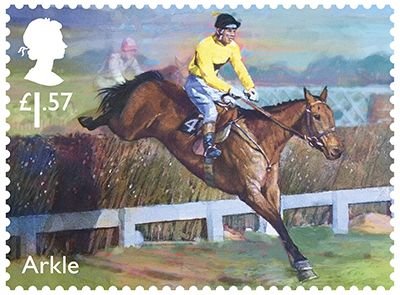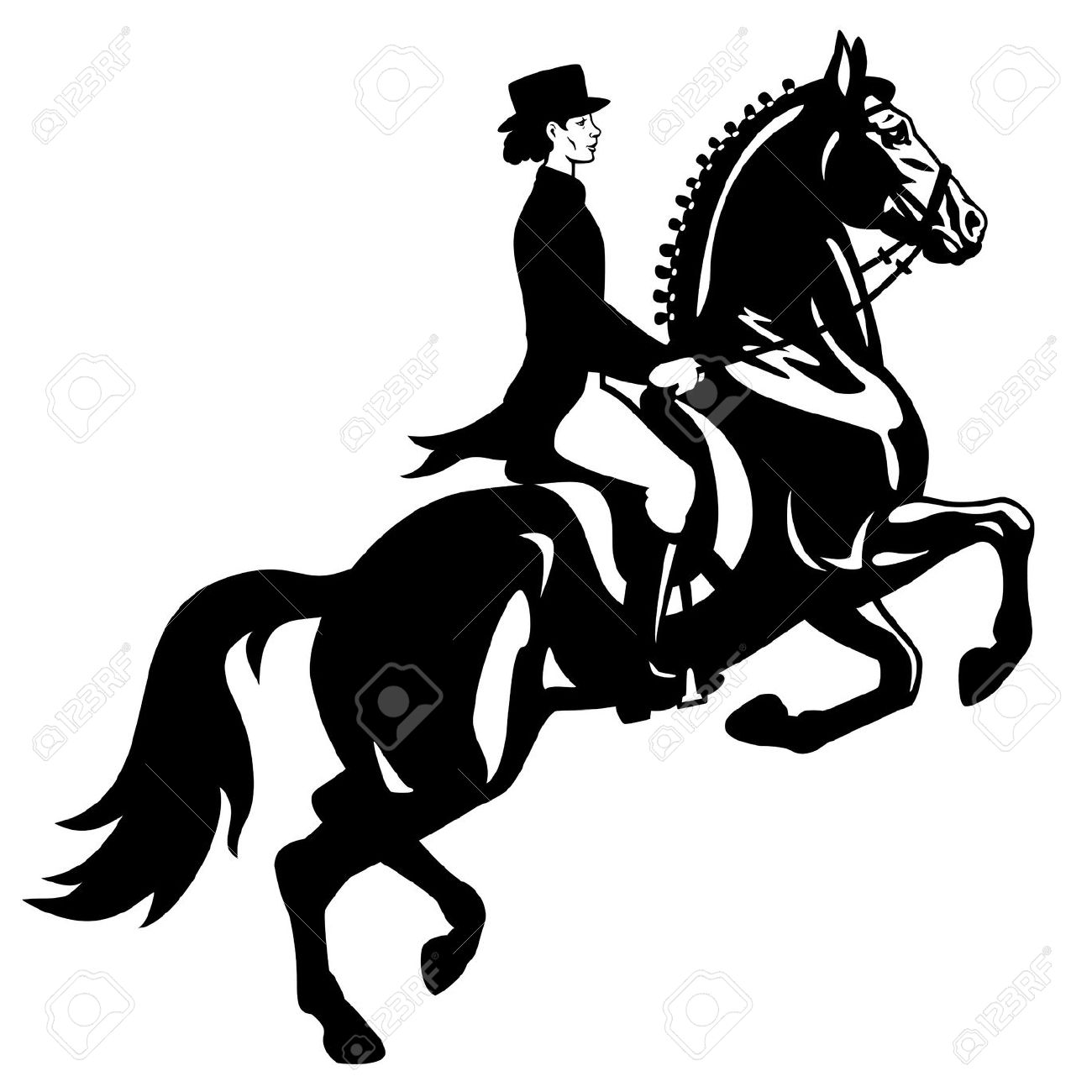Stamp: Arkle (United Kingdom of Great Britain & Northern Ireland 2017)
Arkle (United Kingdom of Great Britain & Northern Ireland 2017)
06 April (United Kingdom of Great Britain & Northern Ireland ) within release Racehorse Legends goes into circulation Stamp Arkle face value 1.57 British pound sterling
| Stamp Arkle in catalogues | |
|---|---|
| Michel: | Mi: GB 4036 |
| Yvert et Tellier: | Yt: GB 4440 |
Stamp is horizontal format.
Won 27 of his 35 starts. Voted no. 1 favorite horse by readers of Racing Post. Greatest race: 1964 Cheltenham Gold Cup (ridden by Pat Taaffe). His first Cheltenham Gold Cup was a dramatic win as he dethroned Mill House and showed his greatness for the first time.Also in the issue Racehorse Legends:
- Stamp - Red Rum face value 1st;
- Stamp - Arkle face value 1.57;
- Stamp - Desert Orchid face value 1.40;
- Stamp - Brigadier Gerard face value 1.40;
- Stamp - Frankel face value 1st;
- Stamp - Shergar face value 1.17;
- Stamp - Kauto Star face value 1.17;
- Stamp - Estimate face value 1.57;
Stamp Arkle it reflects the thematic directions:
Animals are multicellular, eukaryotic organisms of the kingdom Animalia (also called Metazoa). All animals are motile, meaning they can move spontaneously and independently, at some point in their lives. Their body plan eventually becomes fixed as they develop, although some undergo a process of metamorphosis later on in their lives. All animals are heterotrophs: they must ingest other organisms or their products for sustenance.
Stemming from military practices and a long tradition of teaching by equestrians such as La Guérinière and François Baucher, traditional French equestrianism is essentially represented at the Cadre Noir de Saumur. The practice of equestrianism has evolved towards sport and leisure, opening up to the general public. At the end of the 20th century, the sport became much more democratic, with a sharp rise in the number of riders, particularly young people and women. The teaching of equestrianism as a leisure sport in France is based on the existence of over 8,000 riding schools, which make trained horses available to the public. Their establishment is supported by the French government thanks to a reduced VAT rate from 2004 to 2013. At the end of 2013, riders and industry professionals protested against the increase in VAT on their activity.
The horse (Equus ferus caballus) is one of two extant subspecies of Equus ferus. It is an odd-toed ungulate mammal belonging to the taxonomic family Equidae. The horse has evolved over the past 45 to 55 million years from a small multi-toed creature, Eohippus, into the large, single-toed animal of today. Humans began to domesticate horses around 4000 BC, and their domestication is believed to have been widespread by 3000 BC. Horses in the subspecies caballus are domesticated, although some domesticated populations live in the wild as feral horses. These feral populations are not true wild horses, as this term is used to describe horses that have never been domesticated, such as the endangered Przewalski's horse, a separate subspecies, and the only remaining true wild horse. There is an extensive, specialized vocabulary used to describe equine-related concepts, covering everything from anatomy to life stages, size, colors, markings, breeds, locomotion, and behavior.



